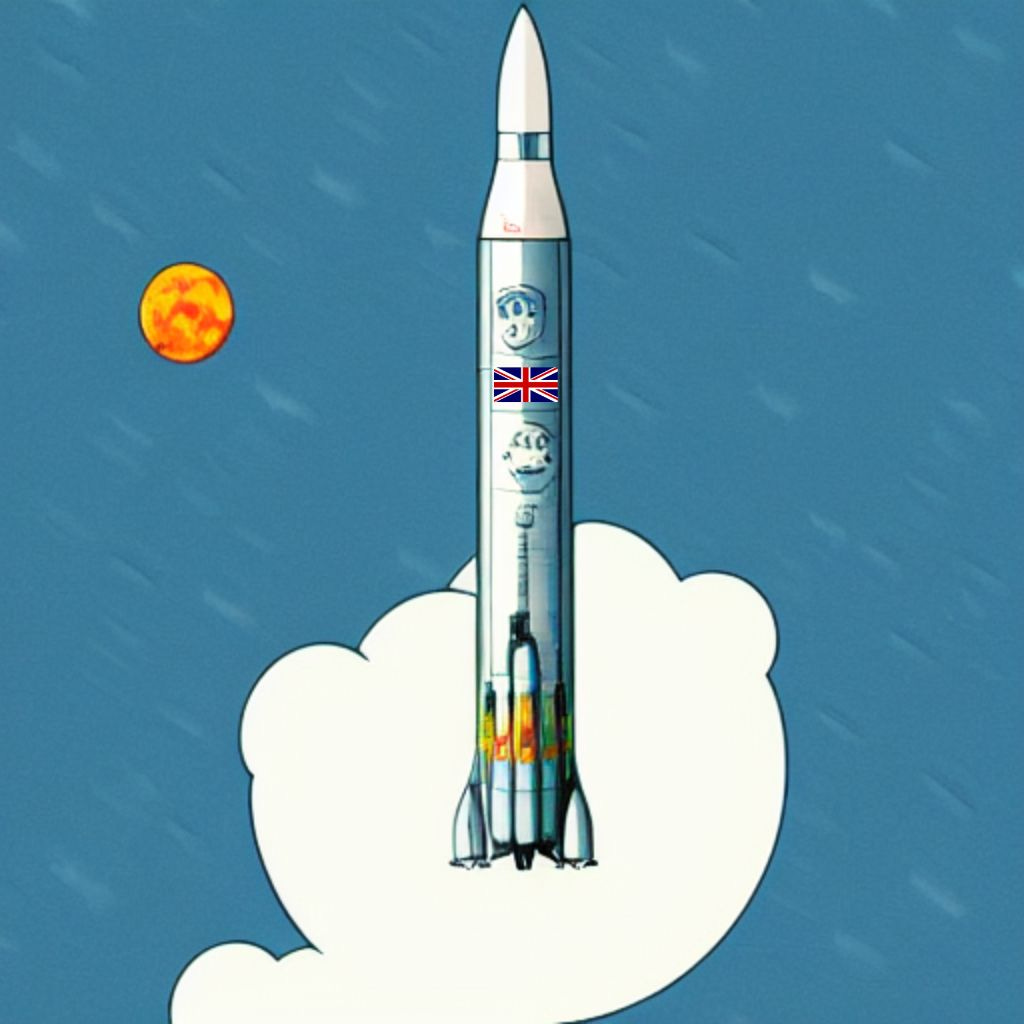In 2019, documents were unearthed from a storeroom at the Stevenage site of the aviation and space giant Airbus, which detailed plans for a secret and intricate British mission to the Moon dating from the 1950s.
Suppose such a mission were to be given wind. In that case, it just might have been Eric “Winkle” Brown – the RAF test pilot who worked on Britain’s original supersonic jet to have been celebrated as a space pioneer instead of Yuri Gagarin and John Glenn.
The British Moon Mission Was Shaken but Never Stirred to Life
The documents also specified possible landing zones and line drawings of extra-terrestrial designs and outlined plans for several 168-hour missions through the lunar days and nights.
Peter Stewart presented a paper on a surface exploration of the Moon to the British Interplanetary Society in 1960. The paper outlined a 10-year program and examined problems and possible solutions. The paper begins with a geological assessment of the Moon’s surface and ends with the intent to land sufficient material on the Moon to conduct an expedition.
Fifty scientists attended the Second International Congress on Astronautics in 1951, with the subject of discussion largely centered on the Moon.
The British Interplanetary Society had long speculated on designs for a lunar lander, nicknamed MIGRANT, that would detach from an orbiter to land on the Moon.
Stewart then outlined the options for a lunar base, including the use of an inflatable structure, payload life compartments, or a “hard top” fabricated structure, and the use of ‘Lunar soft lander payloads’ to deposit essential gear on the Moon ahead of any human-crewed mission.
‘Proposed space hardware’ includes a human-crewed capsule and a soft landing probe, which would be tested in lunar orbit from 1966.
The Winning Streak that Ended
In the late 1950s, when Britain’s nuclear ballistic missile program was already in doubt, defense contractors were coming up with alternative uses for their rocket - Blue Streak. Hence, it was used in the Europa launch system and later in Black Arrow - the first British rocket to launch a satellite.
“From 1959 onwards our engineers had been considering ways in which Blue Streak could be used for the exploitation of space.” - Geoffrey de Havilland
Sir Geoffrey de Havilland, who sold Hawker-Siddeley the Mosquito fighter bomber, confirmed that the Blue Streak could be used for space travel and that he thought Britain could have gone it alone in space.
British space engineer Bob Parkinson, visiting professor at Queen Mary University and Cranfield University, remembers those days firsthand and agrees with de Havilland that the Blue Streak multi-stage rocket could put a 2,000-lb capsule into orbit 300 miles above Earth.
Parkinson believes Blue Streak could have got a man into space and that a crewed version of a large Blue Streak system could have been designed to go on top of something like that.
The Moon Can Wait
The Apollo 11 moon landing was one of the first truly global TV events, but the government had more important things to consider than sending people to the Moon.
Blue Streak could have been that rocket if the right rocket was the defining requirement of getting an astronaut into orbit. Nevertheless, Britain used its money to build hospitals and motorways. It made alliances across Europe and the Commonwealth to share space access costs and focused on uncrewed missions of everyday use on Earth, like satellites.
Today the UK is home to EADS Astrium, Surrey Satellite Technology, and INMARSAT, which operate satellites covering 85 percent of the globe.
The UK has launched about 20 satellites into space and had only two failures, including the well-publicized Beagle 2 debacle. Its achievements include the first infra-red universe map and the Galileo satellite system, which could provide an alternative to the US-made GPS.






